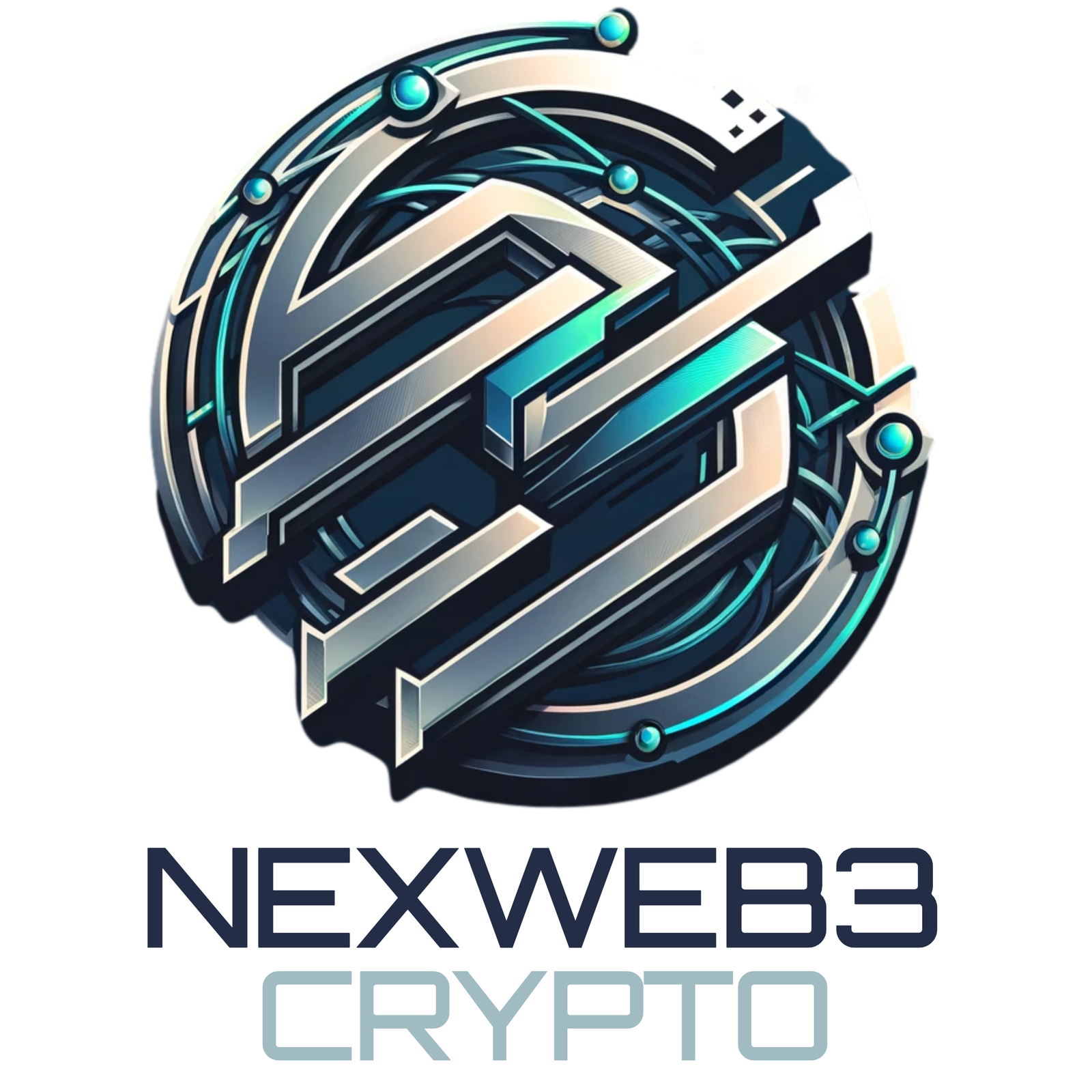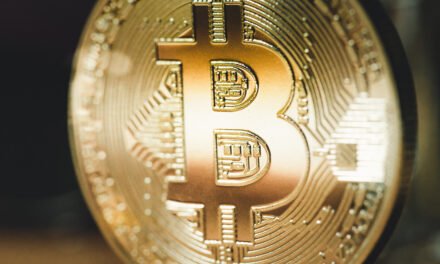In the world of cryptocurrencies where change is constant stablecoins have emerged as a vital player offering stability amidst unpredictable market fluctuations. So what exactly are these mysterious coins? Essentially they’re digital currencies that maintain their value by tying it to traditional assets like fiat money or commodities – this unique feature sets them apart from other well known crypto players such as Bitcoin and Ethereum. With so much uncertainty surrounding other types of virtual currency its no wonder why more people than ever before are turning towards stablecoins for peace of mind when investing in this rapidly evolving industry.
The crypto world is known for its volatility which can cause investors to feel uneasy about their holdings. Stablecoins offer a solution by providing users with stability while still allowing them access to blockchain technology benefits. During times of market turbulence when traditional cryptocurrencies experience sharp price drops stablecoin usage becomes even more critical as they serve as an essential safe haven option.
Stablecoins come in three main types: fiat collateralized, crypto collateralized and algorithmic. Fiat collateralized stablecoins are backed by real world currencies like USDT or USDC ensuring that every issued coin has an equivalent amount held as reserve. Cryptocurrency serves as the backing for crypto collateralized stablecoins such as DAI while overcollateralization helps absorb volatility risks. Finally algorithmic stablecoins use smart contracts to regulate supply and demand without relying on physical assets directly.
Stablecoins rely on complex mechanisms and technology to maintain their value. One of the most common methods used is blockchain which provides transparency while ensuring security for users. The economic models employed by these coins include collateralization or mint-and-burn strategies that allow them to adjust supply based on demand levels. When there’s high demand for a stablecoin more can be created through collateralized mining whereas excess coins are burned when theres low demand in order stabilize prices.

Stablecoins are a crucial component of the unpredictable cryptocurrency market by providing liquidity and enabling transactions without necessitating conversion back into fiat currencies at every turn. They enable traders to easily move funds between exchanges or invest in new projects while avoiding exposure to wild price fluctuations that typify most digital assets.
Stablecoins offer more than just price stability – they also enhance transaction efficiency across borders with minimal fees compared to traditional banking systems while enabling smart contract capabilities for decentralized finance (DeFi) applications. By acting as bridge currencies within DeFi ecosystems and simplifying cross border payments stablecoins unlock new financial possibilities that were previously impossible.
While fiat backed tokens may seem like a safe bet there are several risks associated with them. Centralization concerns could arise if the model is not decentralized enough or reserves aren’t properly audited leading to insolvency issues. Algorithmic models face challenges too – they must maintain pegs during extreme market conditions otherwise their value will rapidly decrease. Its crucial that investors don’t overlook these potential pitfalls when considering which token type suits their needs best.
Stablecoins have proven themselves useful in various practical applications such as remittances, payroll solutions and lending platforms. They also facilitate e commerce transactions while empowering individuals who lack access to traditional banking services. This innovative technology is driving progress within finance itself.
The stablecoin market is flooded with popular options such as Tether (USDT), USD Coin (USDC) and Dai (DAI). Each of these coins has its own unique selling points that cater to different user needs. For instance, if you’re looking for ease of use on exchanges then go ahead and choose Tethers widespread acceptance; however if compliance matters most then opting for USDCs infrastructure would be ideal for institutional adoption purposes. The choice ultimately depends upon individual preferences and requirements.
As we navigate the future of stablecoins trends suggest that regulatory scrutiny will continue to increase alongside mainstream financial institutions’ growing adoption. Predictions indicate further innovations could emerge – potentially enhancing privacy features or integrating advanced risk management tools for added security and protection against potential risks associated with these digital currencies. The possibilities are endless!
As we navigate through this unpredictable digital economy it is essential to embrace stability by utilizing instruments such as stablecoins. These tools can provide vital support for both individual investors and businesses alike, paving the way towards greater financial inclusion and resilience during times of chaos. With these measures in place individuals are better equipped than ever before when facing uncertain economic conditions.





